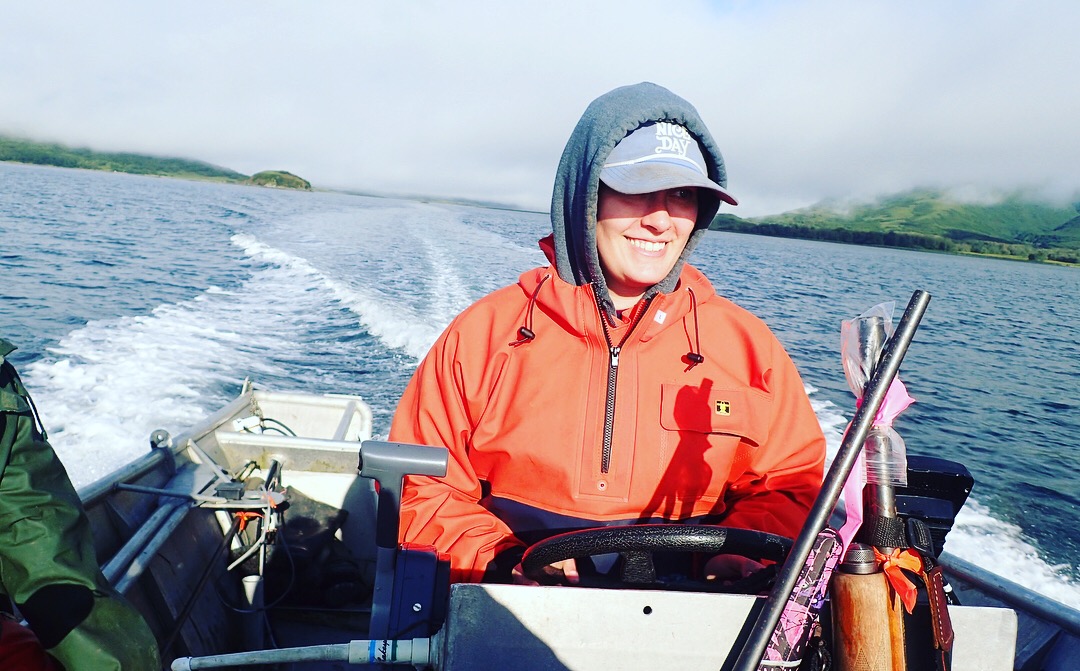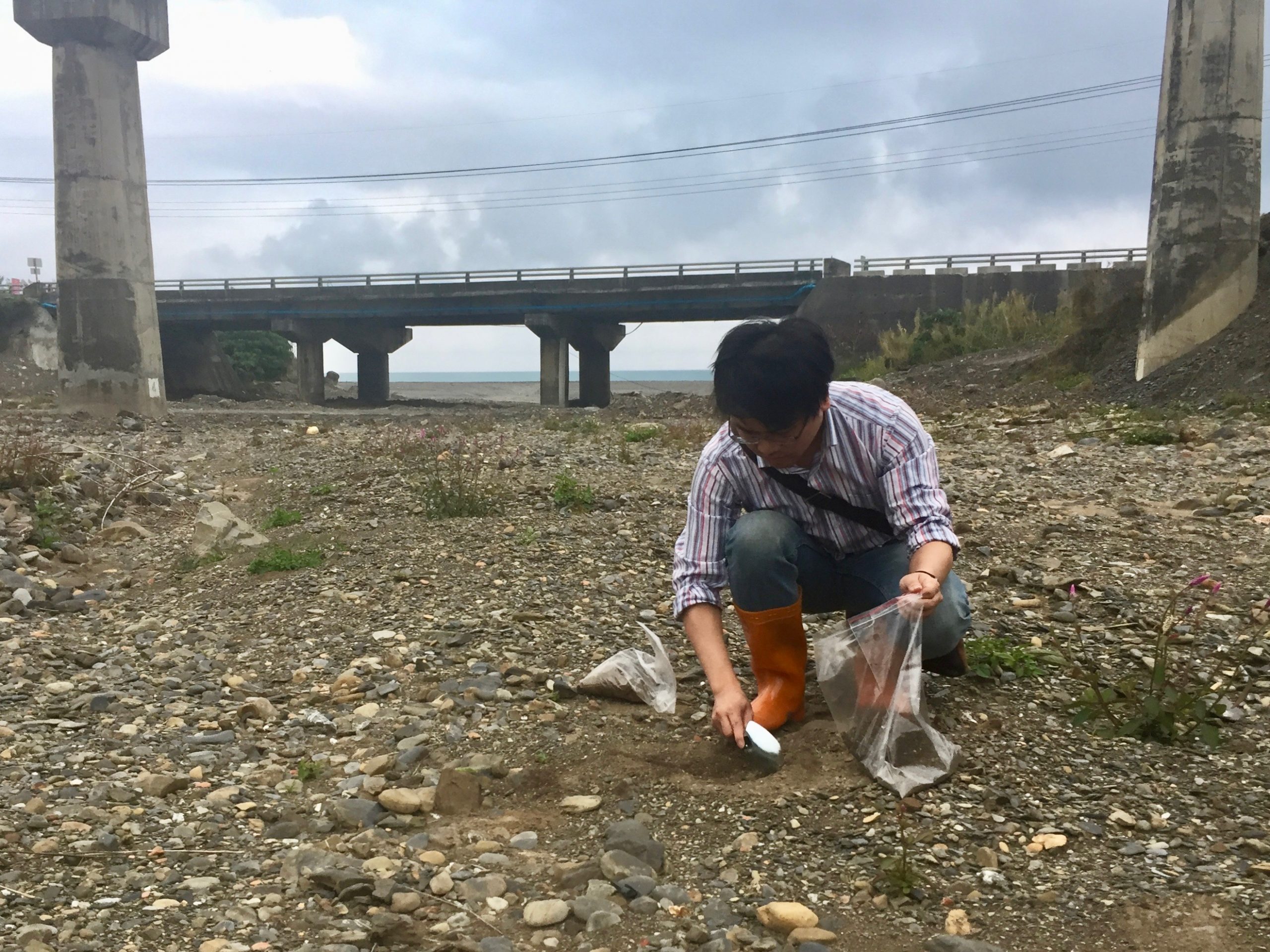Previously Funded Projects
QRC members lead and participate in a wide range of disciplinary and interdisciplinary research projects from the study of past earth climates and glaciations to shifts in the geographic distributions and evolution of vegetation and faunal communities, to the evolution and dispersals of the genus Homo and the increasing scales of human modification of earth environments through the Holocene. QRC provides a venue for meeting and collaborating with scholars across Quaternary disciplines. We are also fortunate to be able to provide seed funding and small grants for member research projects. We are especially happy to support grad student and junior scholar research activities, much of which leads to larger, external funding from agencies like the National Science Foundation.
-
Investigating ecological change and archaeology in the Eastern Highlands of Papua New Guinea
-
Integrating Steller Sea Lion Archaeogenomics with Archaeological Data to Understand Human-Marine Ecosystem Interactions and Demographic Shifts in the Kuril Islands
-
Low-Impact Recording Methods in Rock Art Studies
-
The Emergence of Iron Metallurgy in Taiwan: a Trade Diaspora Model
-
The Historical Archaeology of Gender, Food and Labor in Old Harbor, Alaska
-
San Pablo Archaeological Project
 Abstract: This project uses ancient DNA analysis of Steller sea lion remains from the Kuril Islands to investigate a human population collapse that occurred around 1000 B.P., associated with the Okhotsk culture. I will also provide paleoecological data that can be used to better understand contemporary pinniped populations and the threats facing them. Sea lions are being used to investigate human population collapse because they were relied on both for subsistence and resources by the people of the Kuril Islands. If the decline in the Okhotsk population is related to a decrease in the abundance of marine resources, a correlating bottleneck in sea lion populations may be evident in the archaeogenomic record. A sea lion population bottleneck would not be the direct cause of a human population decrease, but it would signal human pressure on the marine environment and/or an external climatic event affecting people and their resources. If there is no change in population structure of sea lions during the Okhotsk collapse, environmental stresses may not have been a factor in their decline. I will use the genetic data obtained from the sea lions to test for ancient population structure in sea lions, test for demographic decline, and look for signs of “genomic meltdown.” This research serves as pilot work for my dissertation in which I will use these methods as a means for understanding larger scale human-marine environment interactions in the North Pacific Rim region throughout the Holocene.
Abstract: This project uses ancient DNA analysis of Steller sea lion remains from the Kuril Islands to investigate a human population collapse that occurred around 1000 B.P., associated with the Okhotsk culture. I will also provide paleoecological data that can be used to better understand contemporary pinniped populations and the threats facing them. Sea lions are being used to investigate human population collapse because they were relied on both for subsistence and resources by the people of the Kuril Islands. If the decline in the Okhotsk population is related to a decrease in the abundance of marine resources, a correlating bottleneck in sea lion populations may be evident in the archaeogenomic record. A sea lion population bottleneck would not be the direct cause of a human population decrease, but it would signal human pressure on the marine environment and/or an external climatic event affecting people and their resources. If there is no change in population structure of sea lions during the Okhotsk collapse, environmental stresses may not have been a factor in their decline. I will use the genetic data obtained from the sea lions to test for ancient population structure in sea lions, test for demographic decline, and look for signs of “genomic meltdown.” This research serves as pilot work for my dissertation in which I will use these methods as a means for understanding larger scale human-marine environment interactions in the North Pacific Rim region throughout the Holocene. Abstract: My research takes a new approach to investigating the emergence of prehistoric iron metallurgy in Taiwan by using a trade diaspora model, which privileges the role of trade diasporic “foreigner” communities and their interactions with local communities. Trade diaspora are characterized by groups of merchants who travel far from home and locate themselves in a different community to trade goods and provide services. Recently, archaeologists have applied the concept of trade diaspora to explain the interaction between foreign immigrants and indigenous people in historic periods. My project will use the trade diaspora model to explain archaeological data from a time period in Taiwan pre-dating the appearance of documentary historical records, about 1800 years ago.
Abstract: My research takes a new approach to investigating the emergence of prehistoric iron metallurgy in Taiwan by using a trade diaspora model, which privileges the role of trade diasporic “foreigner” communities and their interactions with local communities. Trade diaspora are characterized by groups of merchants who travel far from home and locate themselves in a different community to trade goods and provide services. Recently, archaeologists have applied the concept of trade diaspora to explain the interaction between foreign immigrants and indigenous people in historic periods. My project will use the trade diaspora model to explain archaeological data from a time period in Taiwan pre-dating the appearance of documentary historical records, about 1800 years ago.